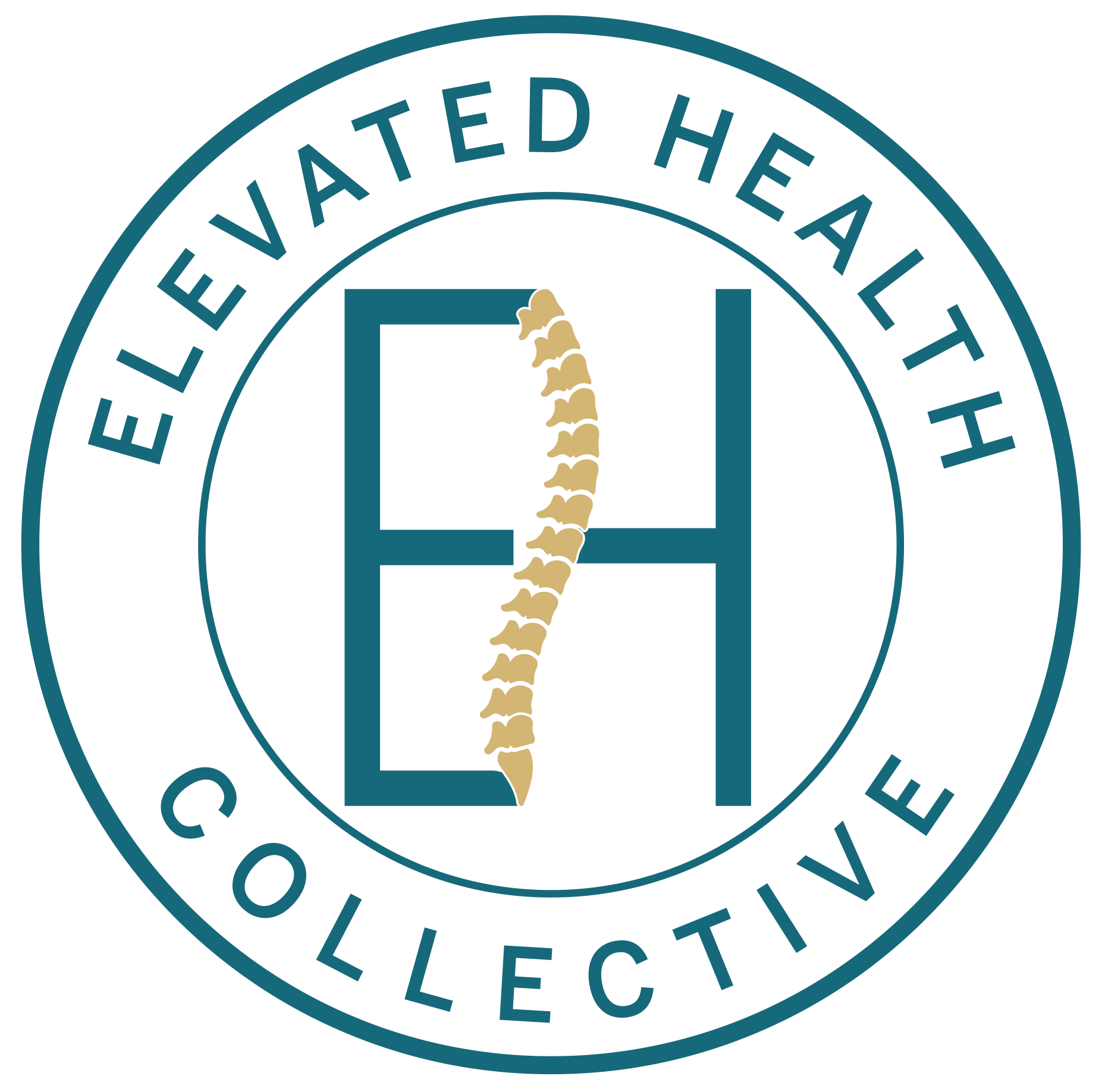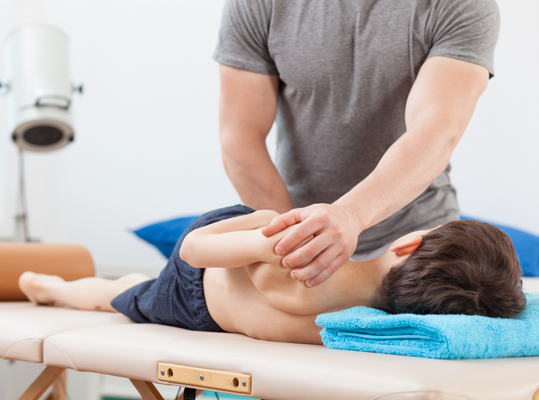When most people think of manual osteopathy, they often associate it with treatments for adults dealing with chronic pain, mobility issues, or musculoskeletal imbalances. However, paediatric osteopathy is a specialized branch of osteopathy designed to treat babies, infants, and young children. This gentle, hands-on therapy addresses various health issues that can affect newborns and children in their crucial early developmental stages.
Why Choose Manual Osteopathy for Babies and Children?
From birth to early childhood, a child’s body undergoes rapid growth and change. These early stages are crucial for establishing healthy physical development and addressing any imbalances or conditions that may arise. Paediatric osteopaths use very gentle, non-invasive techniques that are safe for infants and children. By focusing on the body’s natural ability to heal itself, manual osteopathy can help ensure proper alignment, improve bodily functions, and promote overall well-being for your child.
How Does Paediatric Osteopathy Work?
Manual osteopathy for babies and young children is a delicate process that takes into account the child’s smaller, softer, and more flexible body structure. Using light pressure, paediatric osteopaths gently work on the body’s musculoskeletal system, as well as the craniosacral system (the bones of the head and spine), to encourage normal development and correct any dysfunction.
Children, especially infants, cannot always communicate their discomfort, so parents may not realize when something is wrong. Many conditions that cause discomfort or developmental delays can be improved with osteopathic care.
Common Conditions Treated by Paediatric Osteopathy
You may be surprised to learn that osteopathy can address a wide range of issues affecting babies, infants, and young children. Some of these problems might be overlooked by parents, but manual osteopathy can offer effective relief and improve quality of life for both the child and the family. Here are some common conditions that paediatric osteopathy can treat:
1. Tongue Tie and Latching Problems: Tongue tie (ankyloglossia) is a condition where the tissue connecting the tongue to the bottom of the mouth is too tight, restricting movement. This can cause latching difficulties during breastfeeding, leading to frustration for both baby and mother. Osteopathic treatment can help release tension in the mouth, jaw, and neck, improving tongue mobility and easing latching problems. Addressing this early can help prevent feeding issues, weight gain problems, and other related concerns.
2. Colic and Digestive Issues: Colic is a common condition in newborns, often characterized by prolonged crying, irritability, and discomfort due to digestive issues. Paediatric osteopathy can help alleviate the symptoms of colic by gently working on the baby’s abdominal region and diaphragm to relieve tension and improve digestion. This can result in better sleep and a more content baby.
3. Reflux and Gastroesophageal Reflux Disease (GERD): Babies with reflux often experience discomfort after feeding, regurgitation, or even more serious conditions like gastroesophageal reflux disease (GERD). Manual osteopathy focuses on reducing tension around the diaphragm and improving the function of the baby’s digestive system. This can help reduce the frequency and severity of reflux symptoms.
4. Plagiocephaly (Flat Head Syndrome): Plagiocephaly, or flat head syndrome, can develop in babies who spend extended time lying on their backs. Osteopathic techniques gently manipulate the baby’s cranial bones, helping to reshape the skull and relieve any pressure that could be causing the flattening. Early intervention can help improve head shape as the baby grows and reduce any long-term complications.
5. Torticollis (Twisted Neck): Torticollis is a condition where the baby’s head tilts to one side due to tight muscles or imbalances in the neck. This can lead to difficulty breastfeeding, favouring one side of the body, or even delayed motor development. Paediatric osteopaths use gentle stretching and massage techniques to relax the muscles, restore full neck movement, and promote better overall development.
6. Sleep Issues: Many infants and young children struggle with sleep disturbances, which can affect their growth, development, and family harmony. Manual osteopathy can help by relieving physical discomforts, such as digestive issues or musculoskeletal tension, that may be contributing to sleep difficulties. Osteopathy supports the relaxation of the nervous system, promoting better sleep patterns for your child.
7. Ear Infections and Glue Ear: Recurrent ear infections and conditions like glue ear (fluid buildup in the middle ear) can cause pain, hearing issues, and potential developmental delays. Osteopathic treatment helps improve the drainage of fluid from the ears by working on the muscles and bones around the head and neck. This can reduce pressure in the ear canals and decrease the frequency of infections.
8. Developmental Delays and Motor Coordination: Some children may show signs of developmental delays or motor coordination issues during their early years. Paediatric osteopaths can help improve the body’s natural alignment and balance, ensuring that the musculoskeletal system is functioning optimally. This can assist with milestone achievements, such as crawling, walking, or coordination tasks.
Why Early Intervention Matters
Treating babies and children with manual osteopathy early in life can have lasting benefits. Many of the conditions mentioned above can lead to further complications if left unaddressed, potentially affecting your child’s development, mobility, or comfort. Osteopathy encourages the body to function at its best, promoting proper growth and helping children overcome any physical challenges they may face in their formative years.
Conclusion: A Gentle Approach for Lifelong Health
Manual osteopathy isn’t just for adults – it offers numerous benefits for babies, infants, and young children as well. From feeding difficulties like tongue tie and reflux to musculoskeletal conditions such as torticollis or plagiocephaly, paediatric osteopathy provides gentle, non-invasive solutions to common issues. Early intervention with osteopathic care can help your child thrive physically and support their natural development.
If your baby or young child is experiencing discomfort, or you simply want to ensure they are developing healthily, consider visiting a licensed paediatric osteopath. With its holistic and gentle approach, manual osteopathy can provide relief, improve function, and promote a lifetime of wellness.


